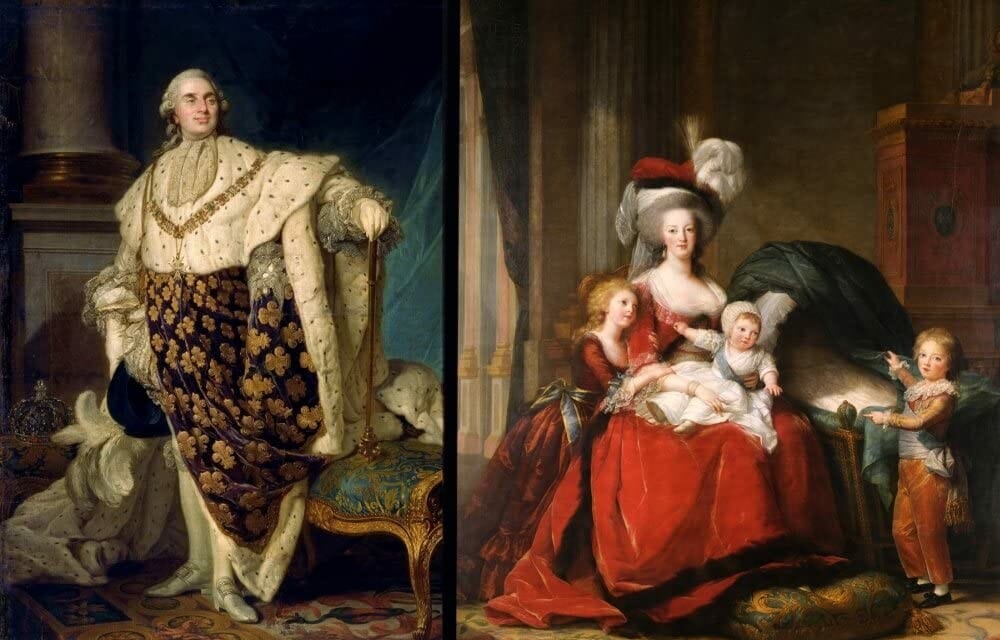Marriage is (hopefully) a once in a lifetime occasion. So throughout history, people have often splurged to make weddings as memorable as possible. Some, however, went the extra mile, and way beyond. Take the marriage celebrations of Hatice Sultan, an Ottoman ruler’s daughter. The partying lasted not just for a day or two, but for weeks on end of conspicuous consumption. Below are thirty things about that marriage celebration and other fascinating, salacious, and tragic details about some of history’s more remarkable marriages.

Marriage Splurging, Ottoman Style
The special day of Hatice Sultan (1660 – 1743) was special, indeed – and lasted way more than a single day. The daughter of Sultan Mehmed IV, and sister of sultans Mustafa II and Ahmed III, she was born with a silver spoon in her mouth. In 1675, fourteen-year-old Hatice was married to Musahip Mustafa Pasha, the Ottoman Navy’s Admiral of the Fleet. Her imperial family and the groom pulled out all the stops to make sure that the princess would kick off her marriage with celebrations of unrivaled opulence. The wedding, which took place in Edirne, lasted for twenty days, and the city was decorated with artificial trees that featured silver leaves. The biggest one was about sixteen-feet-wide, and was pulled by 200 slaves. Rather than navigate the city’s warren of twisting streets, all buildings in its path, including houses, were simply demolished.

In addition to daily banquets and ceremonies, there were parades, fireworks, wrestling, and other athletic contests. Musicians, artists, and actors were brought in from all across the Ottoman Empire and beyond, to put on concerts, and other theatrical performances. The bride’s dowry, which contained thousands of gifts, was carried by eighty-six mules, each covered in expensive fabrics. Their haul included an abundance of diamonds, bracelets, earrings, necklaces, and other jewelry and precious stones. That was aside from delicate porcelain, gold candlesticks, pearl-covered stools, and the era’s finest and most expensive shoes, slippers, and boots. Also prominently featured were the priciest Persian rugs, carpets, beds and table cloths. It was the era’s most lavish marriage celebration, bar none.

